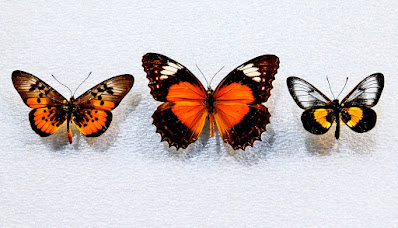2 FACTORS SHAPED EVOLUTION OF WEIRD BAT SKULLS
2 significant forces have shaped bat heads over their transformative background, inning accordance with new research: echolocation and diet.
Bats are a varied bunch. They comprise among the biggest teams of mammals, with greater than 1,300 species worldwide.
Up shut, bat species appearance quite various from each other. Some have large ears. Others sporting activity fancy noses or lengthy jaws. With a lot morphological variety, bats stand for a chance to learn what kinds of transformative forces determine the forms of pets.
ujian kesabaran untuk fans roma
A group of biologists has been using bats to do simply that.SKULL DIVERSITY
Postdoctoral scientists Jessica Arbour and Abigail Curtis, and Sharlene Santana, partner teacher of biology at the College of Washington and curator of mammals at the Burke Gallery of All-natural Background & Society, concentrated on the variety amongst bat heads.
The scientists performed high-resolution microCT checks of the heads of greater than 200 bat species. They used the checks, as well as information on the transformative connections amongst bat species, to analyze the kinds of physical changes that evolved in bat heads over 10s of countless years and associate them with specific occasions in bat development, such as when a family tree changed diet plans or adjusted to a brand-new environmental niche.
In their paper in Nature Interactions, the scientists were also able to determine when in bat background these forces were leading.
"Our study looked for to address a significant question about the development of variety in the bat head: What explains the a great deal of distinctions that we see in head form?" says Santana. "We found that echolocation is a major—and ancient—contributor to head form. Diet is also important, but typically more current."
Santana formerly used microCT to study the development and auto technicians of attack force in leaf-nosed bats, a large and varied taxonomic family of bats from the Americas. In the present study, her team examined a wider swathe of bat variety. They performed microCT checks of heads from 203 species throughout all 20 taxonomic families of bats. The heads originated from collections at the Burke Gallery, the American Gallery of All-natural Background, the Area Gallery, the Smithsonian Organization, and the All-natural Background Gallery of Los Angeles Region.
"Gallery collections of bat specimens played a crucial role in enabling us to example so extensively throughout bats families and really go into the development of such a varied team," says Arbour.



